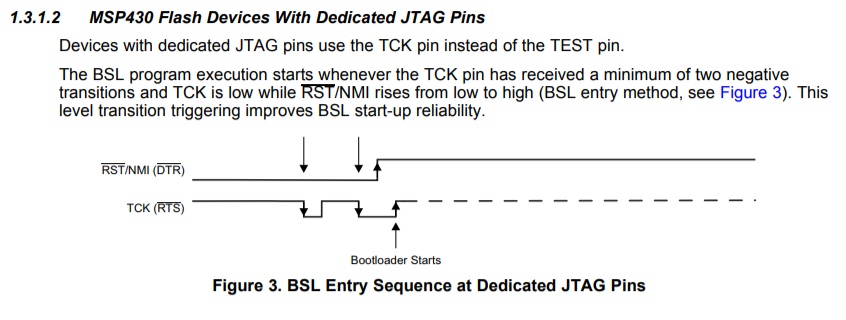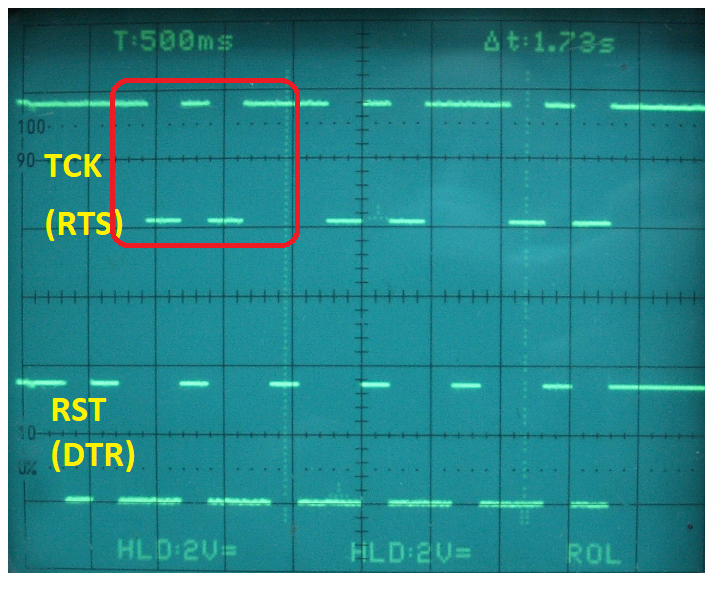Tool/software: TI C/C++ Compiler
Hello TI,
We are using MSP430F2619 and in order to programmer it via USB we have added the UART to Serial converter, FT232RL (circuit snapshot is attached below).
We are using TI bootloader with demo code. We can see the PORT coming up briefly on PC and then it resets. We are not sure why this is not stable. USB signals are routed properly in differential manner with short traces. We have tried to swap the resistors R33, R20 & R34, R41 but it is also not helping. Can you please review the circuit diagram and suggest if anything that we can do on it?
I will be looking to your kind reply.
Thanks,
Muhammad Awais





